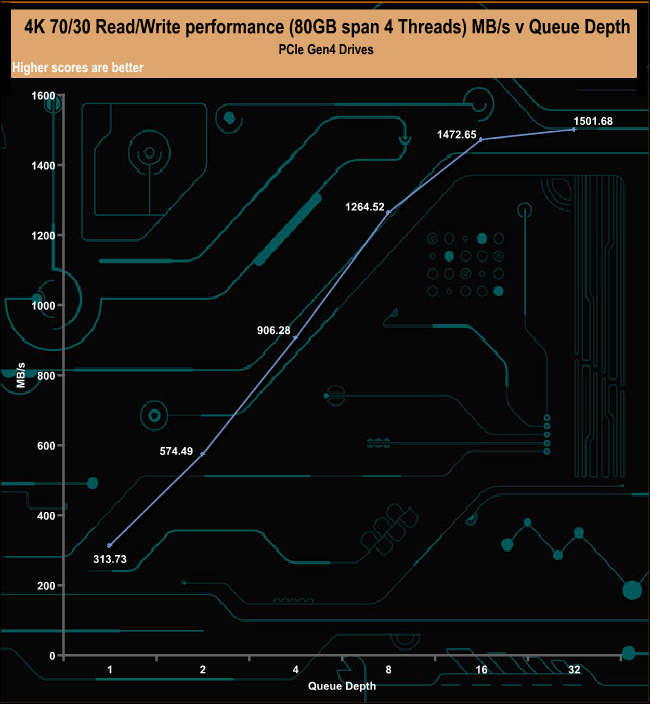
The 2TB Rocket 4 Plus handles our 4K 70/30, read/write mixed test very well, ending the test run (QD32) at 366,631 IOPS (1,501.68MB/s).
Tags 2tb Phison PS5018-E18 Review rocket 4 plus review sabrent
Check Also
Windows 11 has a hidden driver that may boost NVMe SSD performance
Windows users have long relied on the default disk.sys driver for storage management, a component …
 KitGuru KitGuru.net – Tech News | Hardware News | Hardware Reviews | IOS | Mobile | Gaming | Graphics Cards
KitGuru KitGuru.net – Tech News | Hardware News | Hardware Reviews | IOS | Mobile | Gaming | Graphics Cards




